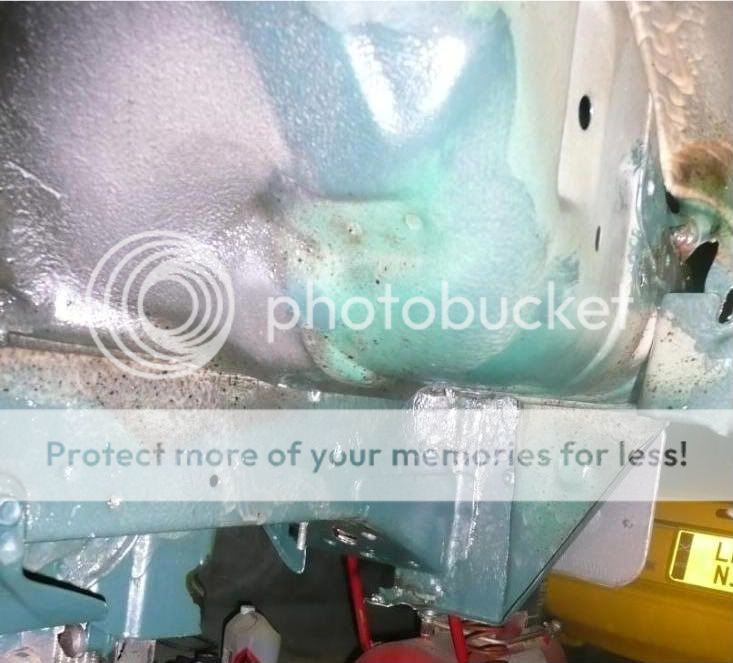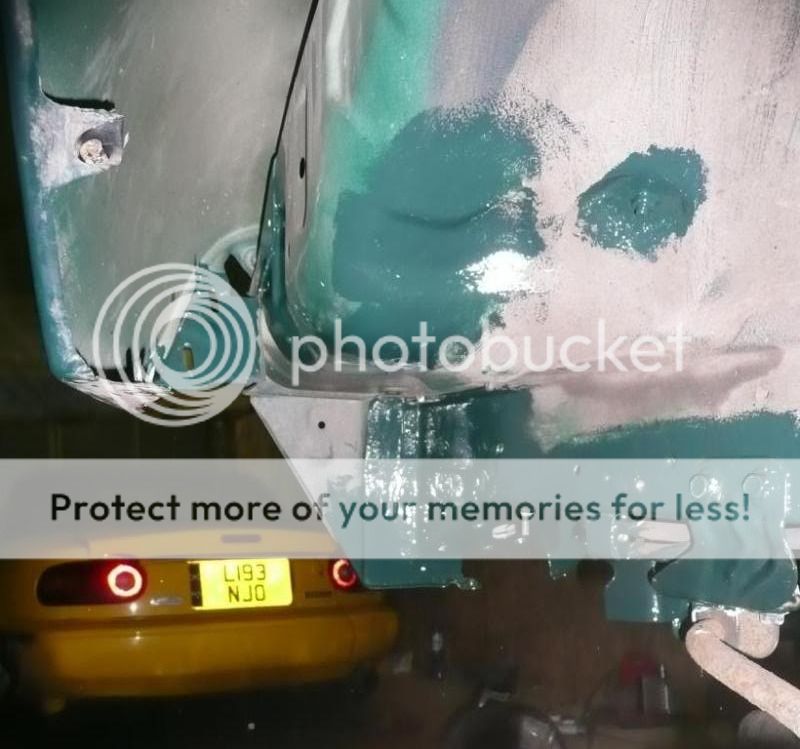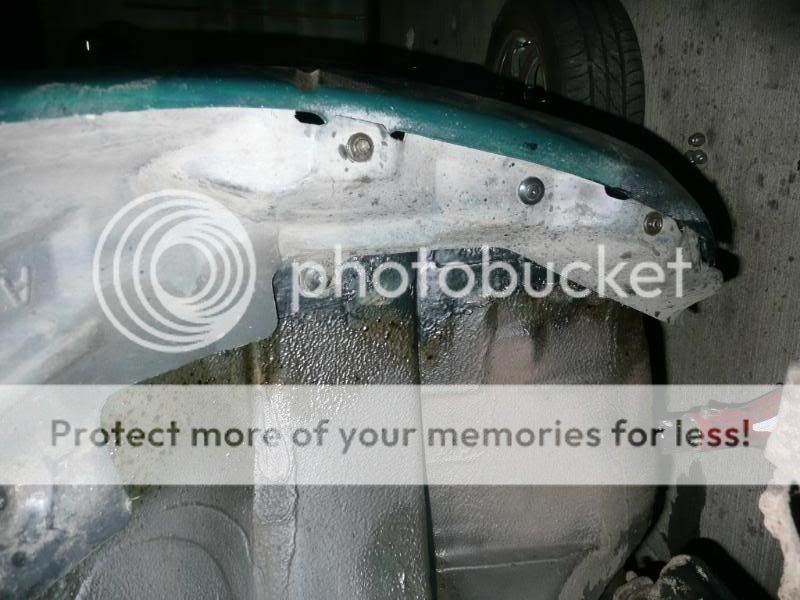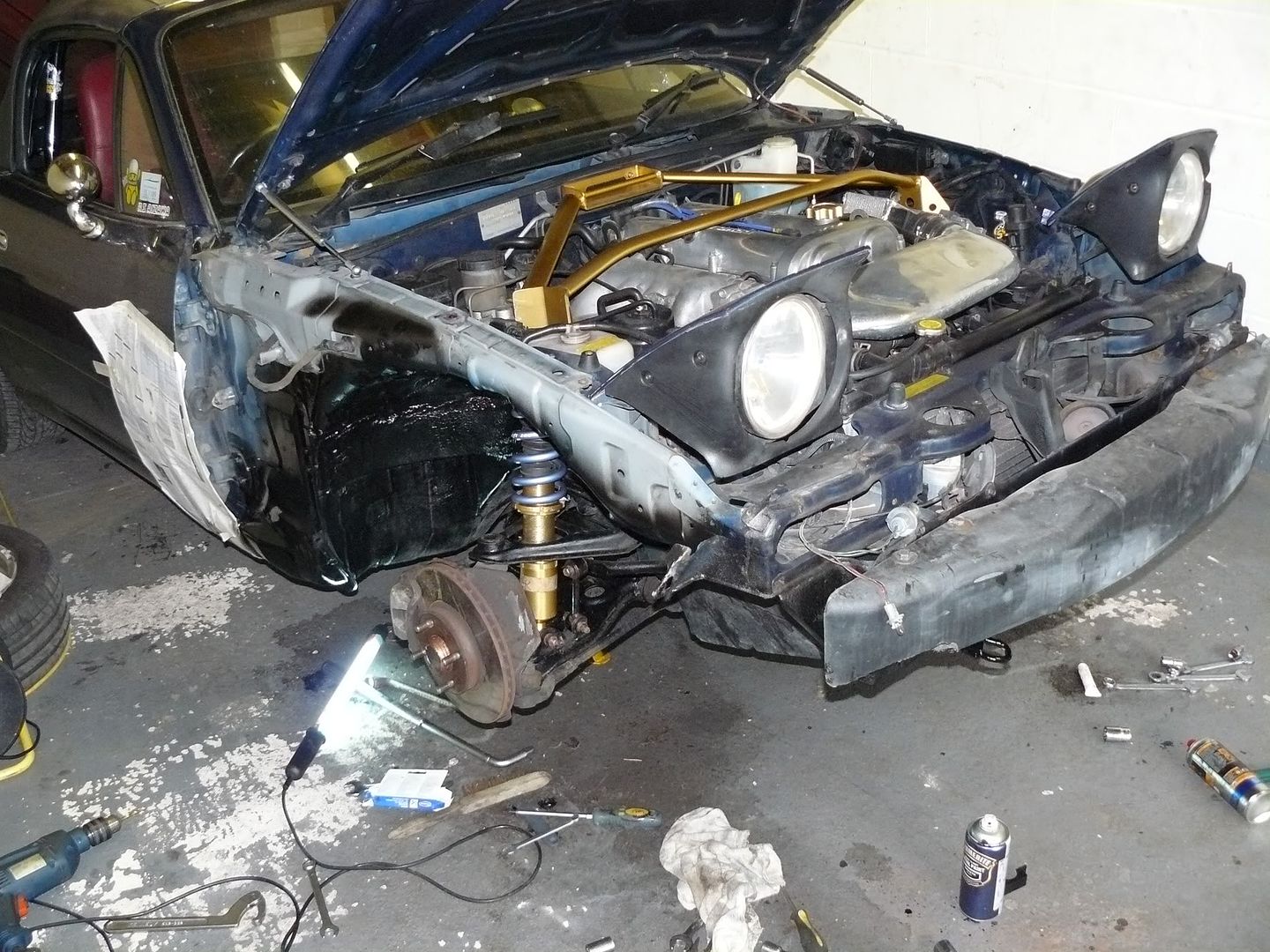All MX5s have a “crumple” zone. The telescoping chassis just performs differently in a different spec’d crash test. ie. needed for Type Approval. The factory replacement sections are solid only, indicating Mazda does not think the change materially affects safety.
The repair patches are just that; an aftermarket, non-manufacturer approved repair developed through pragmatism (the cars are not presently worth enough to justfy the actual factory approved repair). They are not a “belt and braces” approach, in that they are a conservative repair, cutting as little as possible factory metal out in the belief this will compromise the integrity of the vehicle least.
No one can guarantee that all of the rusted metal has been removed; the origin of failure has, to my knowledge, has never been identified. Rusting, when it becomes evident (note, not when it occurs) is generally around the front anti-roll bar mount. A complete failure will presumably mean the front anti-roll bar will come away. In a smaller number of cases, damage has extended closer to the front subframe mounts, though I’m not aware, at a first pass, of a front subframe mount having yet failed. The consequences of a front subframe failure sounds to me more serious than a front anti-rollbar.
The quality of the welding in the repair is also likely to be variable, with different welders using different techniques, and with varying ability. The consequences of a weld on a patch failing are quite serious, because presumably the original metal has been cut back some, to closer to the front subframe location.
It would seem sensible, if this sort of repair is done, rather than a fix and forget, the owner should undertake at least twice yearly inspections of the repair and surrounding metal, to check for cracking and further rusting (external inspections, and then perhaps once yearly front nose off, endoscope inspection of the box section. Unfortunately, the temptation is to after the repair, to slaver the whole lot in a creeping bitumen-wax mix, in the belief this will make it stronger.
There is a difference in the consequences of this repair failing, compared to an inept rear “sill” repair. For the latter, in many cases, the sill itself is not affected, but only the outer, non-structural wing. MOT inspectors of course would not see it that way. In the case of extensive rusting, the integrity of the seat belt mount might be affected, and this is probably the most immediate safety consequence for the owner. Rusting of the sill does not really affect how the rear wheels stay in contact with the road. If a front chassis member repair fails, then a potential consequence is that you are now brown bread.
For these reasons, I would never guy a Mk2 or 2.5 with one of these aftermarket repair patches fitted. There are too many variables. A rusted Mk2 though might be good for performing a heart transplant on a failing Mk1 though.






